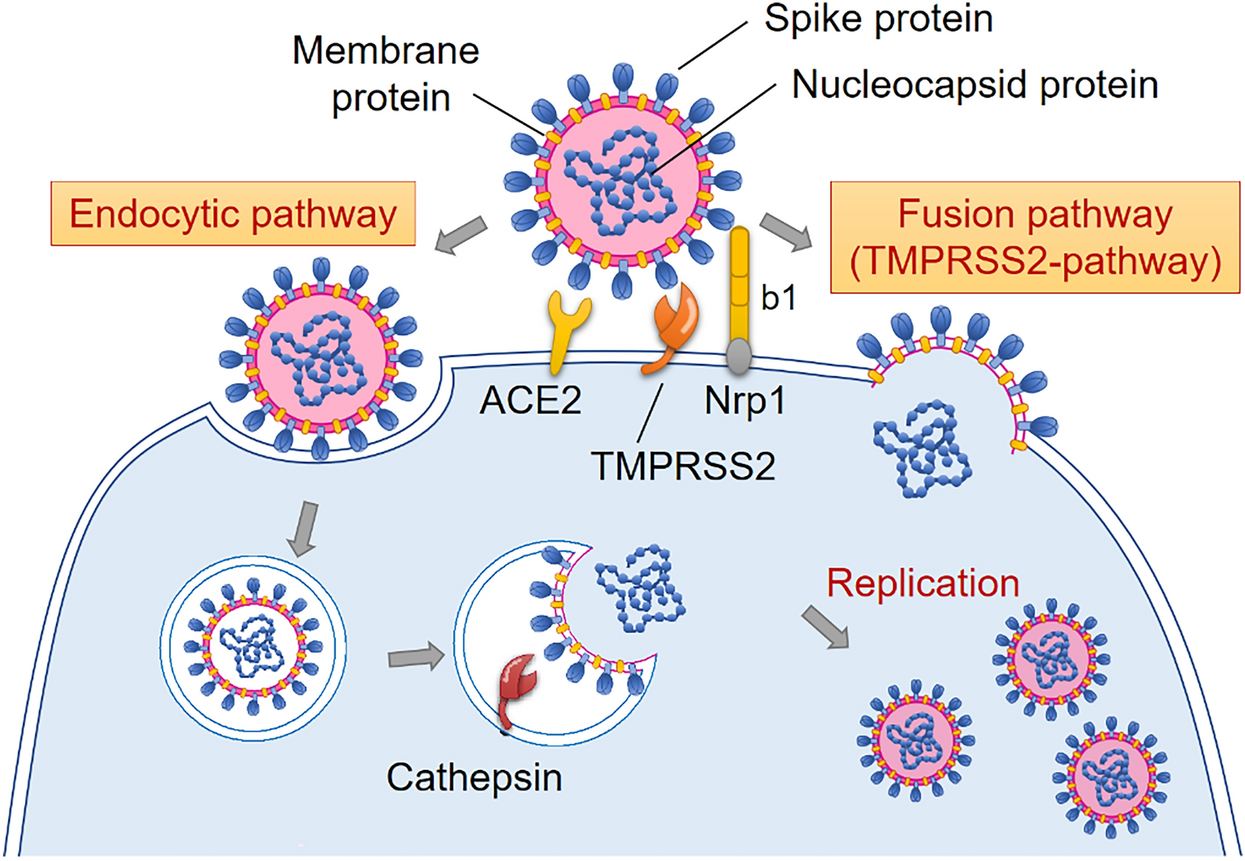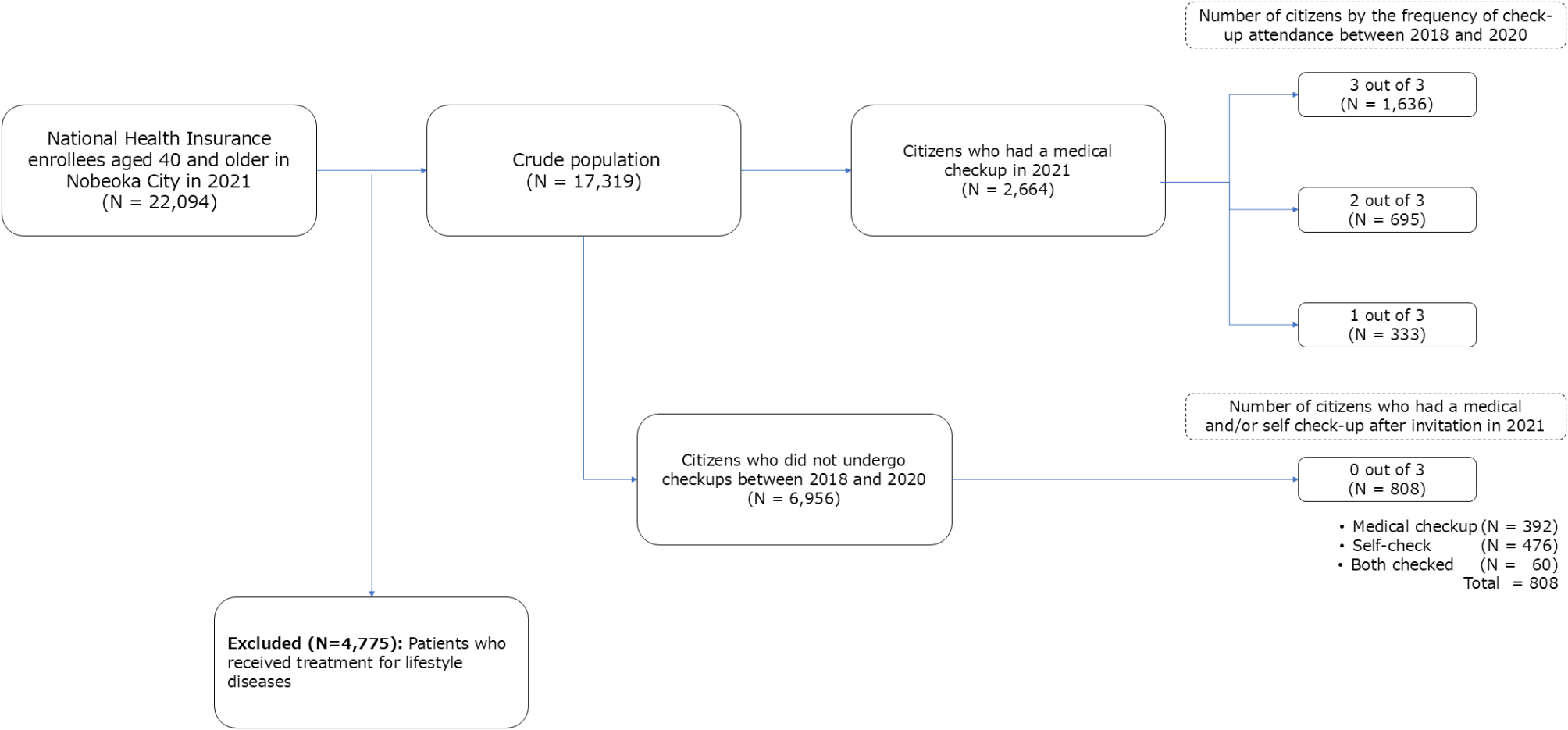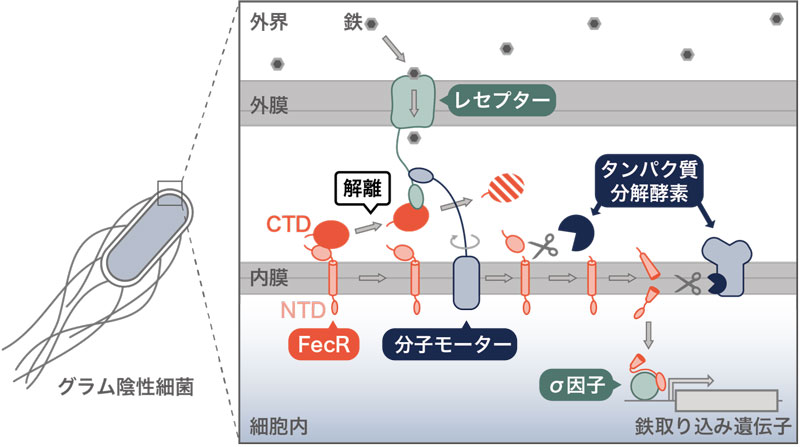2025-04-21 北海道大学
<関連情報>
- https://www.hokudai.ac.jp/news/2025/04/post-1860.html
- https://www.hokudai.ac.jp/news/pdf/250421_pr.pdf
- https://www.nature.com/articles/s41598-024-83633-8
食用植物から単離されるマラバリコーンCによるSARS-CoV-2感染抑制 Malabaricone C isolated from edible plants as a potential inhibitor of SARS-CoV-2 infection
Mutmainah,Yuta Murai,Ai Fujimoto,Rintaro Kawamura,Akira Kitamura,Sajeer Koolath,Seigo Usuki,Michihito Sasaki,Yasuko Orba,Yasuyuki Igarashi,Hirofumi Sawa,Akihiko Sato & Kenji Monde
Scientific Reports Published:12 March 2025
DOI:https://doi.org/10.1038/s41598-024-83633-8

Abstract
Although the SARS-CoV-2 epidemic worldwide has gradually decreased, in some areas, the situation has not yet been stamped and has become a global health emergency. It is quite possible that we could again be threatened by a new coronavirus. Therefore, new nucleotide analog drugs and vaccines or using drug repositioning for SARS-CoV-2 still has been developed, yet their safety and efficacy against COVID‐19 remains underexplored. Malabaricone C is 2,6-dihydroxyphenyl acylphenol found in edible plants such as the mace spice of nutmeg derived from the seeds of Myristica fragrans. In this study, we identified malabaricone C as the first inhibitor of SARS-CoV-2 from natural food with a safe alternative for drugs. Malabaricone C and its chemical derivatives showed EC50 values of 1–1.5 μM against SARS-CoV-2 (WK-521, ancestral strain) and its variant strains in mammalian cells (HEK293T and Vero E6). In addition, we have successfully established novel evaluation system for the inhibition of SARS virus cell fusion by visualization for providing a versatile tool for study SARS-CoV-2 mediated fusion. Furthermore, our experiments suggested that malabaricone C could affect the distribution of sphingomyelin on the plasma membrane, which involves in viral infections. Thus, in light of the beneficial effect of malabaricone C on viral infection, the nontoxic malabaricone C is a suitable candidate as a drug that can be employed in the treatment and prevention of COVID-19. Moreover, it may potentially be used to treat acute infections of other enveloped viruses.


